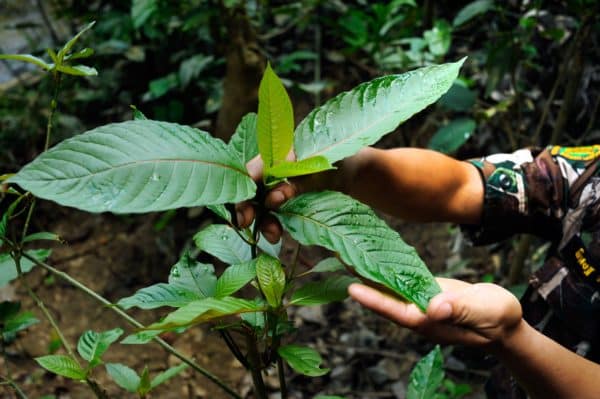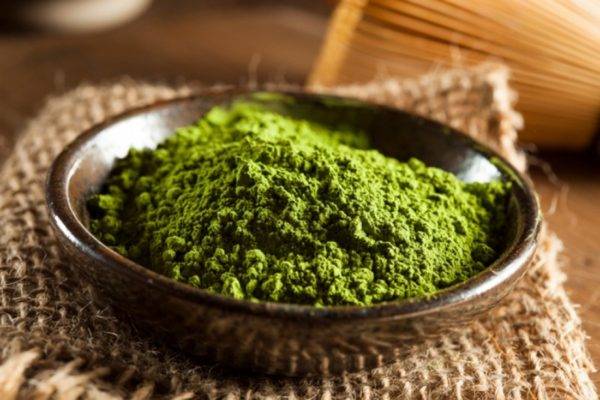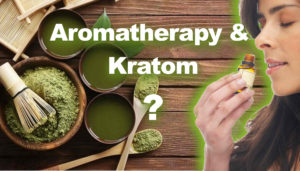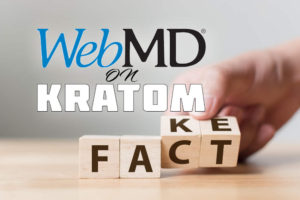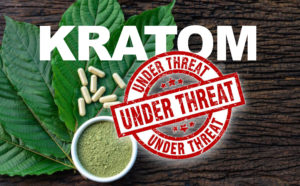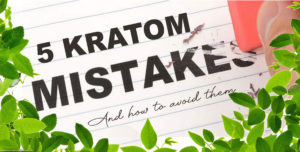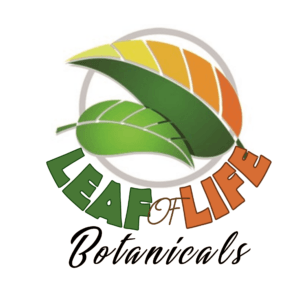The National Library of Medical Science, and the National Center for Biotechnology Information, have a really glowing, positive collection of government-sponsored articles on kratom. PubMed is the publishing arm of the NIH National Institutes of Health, an official federal organization.
https://pubmed.ncbi.nlm.nih.gov/23206666/
Today, we’re not going to look at the entire article, but just the abstracts or summaries. In these brief glimpses of research, one may be very pleased with the direction this group is heading. It’s mostly in total opposition to Big Pharma and their bribe-bearing sales reps.
Let’s consider the following 3 articles:
– Changing Trends in the Use of Kratom (Mitragyna Speciosa) in Southeast Asia
– From Kratom to Mitragynine and its Derivatives: Physiological and Behavioural Effects Related to Use, Abuse, and Addiction
– Kratom Policy: The Challenge of Balancing Therapeutic Potential with Public Safety
QUOTE
Changing Trends in the Use of Kratom (Mitragyna Speciosa) in Southeast Asia
Objective: Kratom (Mitragyna speciosa. Korth) is an indigenous medicinal plant of Southeast Asia. This review paper aims to describe the trends of kratom use in Southeast Asia.
Design: A literature review search was conducted through ScienceDirect, Scopus, ProMed and Google Scholar. Twenty-five articles illustrating kratom use in humans in Southeast Asia were reviewed.
Results: Kratom has long been used by rural populations in Southeast Asia as a remedy for common ailments, to fight fatigue from hard manual work, as a drink during social interaction among men, and in village religious functions.
Studies based on self-reports suggest that prolonged kratom use does not result in serious health risks or impair social functioning. Two recent trends have also emerged: (a) Kratom is reportedly being used to ease withdrawal from opioid dependence in rural settings; whereas (b) in urban areas, adulterated kratom cocktails are being consumed by younger people to induce euphoria.
Conclusions: Legal sanctions appear to have preceded serious scientific investigations into the claimed benefits of kratom. More objective-controlled trials and experiments on humans need to be conducted to validate self-report claims by kratom users in the community.
END QUOTE
Wow. I bet the bullies of Big Pharma are not thrilled with this: “…prolonged kratom use does not result in serious health risks or impair social functioning…”
Notice the phrase “Legal sanctions [criminality laws] appear to have preceded serious scientific investigations…” In other words, politicians, who typically have very little information, jumped irrationally, and unscientifically to condemn kratom. There is evidence that Big Pharma blatantly bribes physicians and politicians to comply with their profit greed.
The ignorant, deceitful political leaders foolishly keep trying to lump kratom in with LSD, bath salts, krokodil, dragonfly, flakka, foxy methoxy, also known as DiPT (abbreviated at 5-MEO-DIPT scientifically), isotonitazene (aka nitazene or “ISO”), fentanyl, carfentanyl, oxycodone, methamphetamine, ketamine, benzo fury, Scopolamine also known as Devil’s Breath or Scopolamine Datura, cheese heroin, and alcohol.
But kratom is nothing like any of those drugs.
QUOTE
From Kratom to Mitragynine and its Derivatives: Physiological and Behavioral Effects Related to Use, Abuse, and Addiction
Abstract (Summary)
Kratom (or Ketum) is a psychoactive plant preparation used in Southeast Asia. It is derived from the plant Mitragyna speciosa Korth. Kratom as well as its main alkaloid, mitragynine, currently spreads around the world. Thus, addiction potential and adverse health consequences are becoming important issues for health authorities.
Here we reviewed the available evidence and identified future research needs. It was found that mitragynine and M. speciosa preparations are systematically consumed with rather well-defined instrumentalization goals, e.g., to enhance tolerance for hard work or as a substitute in the self-treatment of opiate addiction.
There is also evidence from experimental animal models supporting analgesic, muscle relaxant, anti-inflammatory, as well as strong anorectic effects.
In humans, regular consumption may escalate, leading to tolerance, and may yield aversive withdrawal effects. Mitragynine and its derivatives’ actions in the central nervous system involve μ-opioid receptors, neuronal Ca²⁺ channels, and descending monoaminergic projections. Altogether, available data currently suggest both a therapeutic as well as an abuse potential.
END QUOTE
It’s important to understand that basing an opinion on a tiny pile of evidence, a small amount of scientific research, and dismissing sincere anecdotal evidence of patients who use kratom – is a poor method to arrive at a comprehension of reality.
Hopefully, the user reports will spur a scientific investigation into the alleged benefits cherished by kratom fans.
“Available data [which is not very much] currently suggest…a therapeutic as well as an abuse potential.”
Yes, anything can have an abuse potential, even water. Too much water can drown you. Did you know that Tylenol is considered to be the most lethal drug in your medicine cabinet? Suicidal individuals rely on Tylenol. They know it will do the job of ending their life.
Just because some substance might be abused with terrible results is NO reason to ban it or make it illegal. Did you know that almost every poisoned plant on earth, with a huge potential of death, is LEGAL? Why is that, I wonder?
QUOTE
Kratom Policy: The Challenge of Balancing Therapeutic Potential with Public Safety
Abstract
Kratom (Mitragyna speciosa) is a tree-like plant indigenous to Southeast Asia. Its leaves and the teas brewed from them have long been used by people in that region to stave off fatigue and manage pain and opioid withdrawal.
Evidence suggests kratom is being increasingly used by people in the United States and Europe for the self-management of opioid withdrawal and treatment of pain. Recent studies have confirmed that kratom and its chemical constituents have potentially useful pharmacological actions.
However, there have also been increasing numbers of reports of adverse effects resulting from the use of kratom products.
In August 2016, the US Drug Enforcement Administration announced plans to classify kratom and its mitragynine constituents as Schedule I Controlled Substances, a move that triggered a massive response from pro-kratom advocates.
The debate regarding the risks and benefits and safety of kratom continues to intensify.
Kratom proponents tout kratom as a safer and less addictive alternative to opioids for the management of pain and opioid addiction.
The anti-kratom faction argues that kratom, itself, is a dangerous and addictive drug that ought to be banned. Given the widespread use of kratom and the extensive media attention it is receiving, it is important for physicians, scientists, and policymakers to be knowledgeable about the subject.
The purpose of this commentary is to update readers about recent developments and controversies in this rapidly evolving area. All of the authors are engaged in various aspects of kratom research and it is our intention to provide a fair and balanced overview that can form the basis for informed decisions on kratom policy.
Our conclusions from these analyses are:
(a) User reports and results of preclinical studies in animals strongly suggest that kratom and its main constituent alkaloid, mitragynine may have useful activity in alleviating pain and managing symptoms of opioid withdrawal, even though well-controlled clinical trials have yet to be done.
(b) Even though kratom lacks many of the toxicities of classic opioids, there are legitimate concerns about the safety and lack of quality control of purported “kratom” products that are being sold in the US.
(c) The issues regarding the safety and efficacy of kratom and its mitragynine constituent can only be resolved by additional research. Classification of the Mitragyna alkaloids as Schedule I controlled substances would substantially impede this important research on kratom.
END QUOTE
How wonderful to read these cautiously optimistic reports. This gem will brighten your day: “kratom and its main constituent alkaloid, mitragynine may have useful activity in alleviating pain and managing symptoms of opioid withdrawal, even though well-controlled clinical trials have yet to be done.”
Let’s hope more research will be forthcoming. It will be fun to watch the false narrative of Big Pharma crumble to pieces and get flushed down the proverbial toilet.


